The Misguided Satire of American Fiction
The Misguided Satire of “American Fiction”
A buzzy film adaptation of Percival Everett’s Erasure, a novel about publishing’s racial politics, misreads what is truly ailing the book industry.
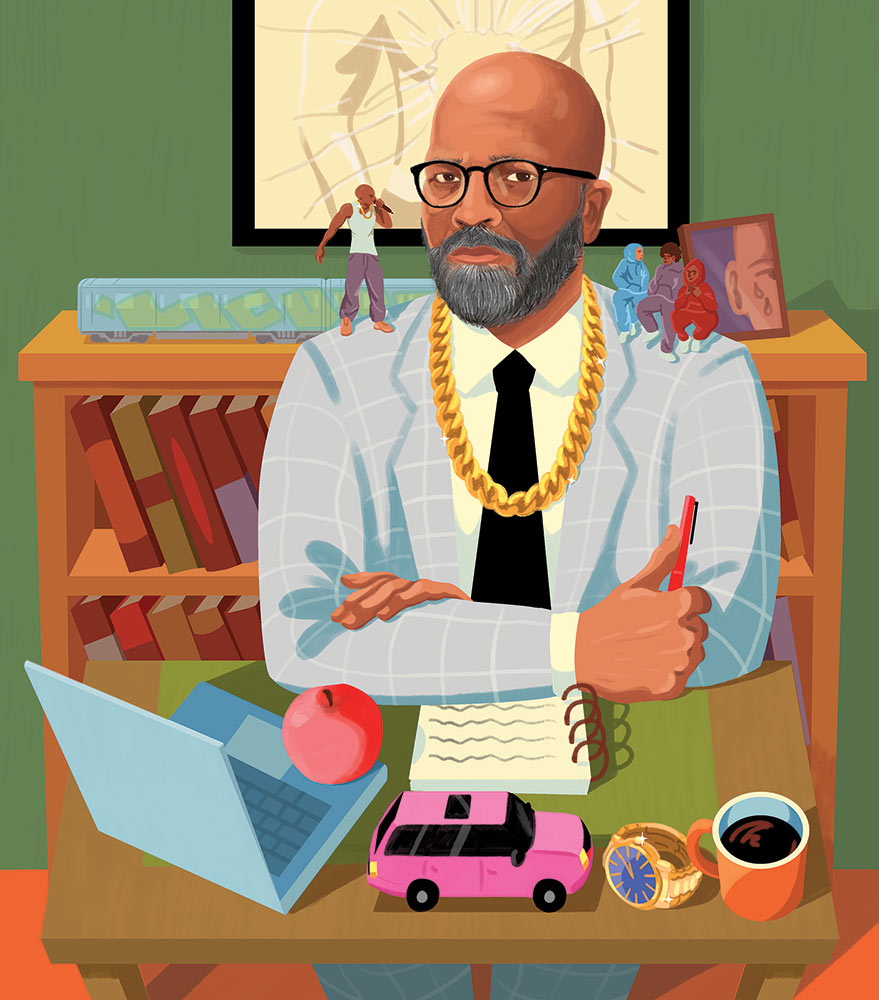
“Deadbeat dads, rappers, crack”—that’s what Thelonious “Monk” Ellison (Jeffrey Wright), the writer at the center of American Fiction, says his latest novel is about. He’s talking to Arthur (John Ortiz), his confused agent who’s just read a passage aloud and stumbled over the clunky ebonics. “I be standing outside in the night,” Arthur clumsily recites.
Monk doesn’t typically write this way: His last novel was a retelling of Aeschylus’ The Persians. But reeling from personal tragedies and repeatedly rejected by editors who insist that his work “isn’t Black enough,” he’s decided to indulge the racism of the literary marketplace. He titles his new book My Pafology, loads the story with stereotypes, and writes under an assumed name, Stagg R. Leigh. (The pseudonym invokes the folkloric Black outlaw Stagger Lee, but only Monk seems to be in on the joke.) He tells Arthur to submit My Pafology to publishers without explanation, hoping that every editor who receives it is insulted. “You said you wanted Black stuff. That’s Black, right?” Monk sneers.
The impish prank backfires. Editors don’t recoil from the book; they love it and offer big bucks to Leigh, its fictitious author—a twist that initiates the ironic game of chicken at the heart of American Fiction. If Monk reveals Leigh’s true identity, he’ll have to examine and maybe even relinquish his anger over the state of Black literature; if he goes along for the ride, he’ll have to live with being a hypocrite and a sellout.
Written and directed by Cord Jefferson, American Fiction loosely adapts Percival Everett’s 2001 novel Erasure. But where Everett was concerned with literary culture and the plight of the Black author, Jefferson widens the story to address cultural production as a whole. Responding to what he has called a “poverty of imagination” in how contemporary media depict Black people, the television writer and former journalist presents his film as a dare.
While American Fiction is frequently funny and subtly nests a moving family drama within its comedy, the film’s critiques of Black representation are thin and vague. Jefferson’s screenplay presents the marketplace as the totality of Black art, rarely exploring the perspectives of the people who make or consume it. By depicting Black art as a commodity rather than a culture—of artists, audiences, and critics—the film ends up undermining its own appeal for richer Black expression.
Monk is fiercely opinionated. In the opening scenes, where we see him at his day job as a college professor, he stops one of his lectures to berate a student who wants a warning before reading literature that features racial slurs. Moments later, he mocks his colleagues in a meeting about his behavior; his every word is a barb. Wright makes him personable, though, portraying Monk as tetchy but playful, a wise guy among the rubes. Monk’s dry wit and quick temper set the tone for the film, which swivels between sardonic and anguished.
The California college that employs Monk soon encourages him to go on sabbatical to cool off, a request that coincides with his planned trip to Boston for an academic conference and visits with his mother, Agnes (Leslie Uggams), and his sister, Lisa (Tracee Ellis Ross). Monk obliges and heads east, where his frustrations only mount. Arthur tells him that another editor has passed on his most recent literary novel, and he learns that his mother is beginning to show signs of dementia. Then his panel at the conference draws a meager crowd. It turns out that his time slot overlaps with a talk and reading by Sintara Golden (Issa Rae), the author of We’s Lives in da Ghetto. Monk catches the end of her session, which has a rapt audience and no empty seats. He’s bewildered by Golden’s command of the room, his face twisting into despair when the Oberlin-educated author code-switches from standard English to AAVE. To Monk, she’s a phony; to the attendees, she’s a purveyor of “real” and “raw” Black stories. When he later writes My Pafology, he’s responding in part to what he saw in that room, lashing out at readers who would choose the crudeness of Golden’s work over the presumed merit of his own.
The frustration Monk feels is not unique to American Fiction. Other Black creators have found their art and sense of self corrupted by the whims of a white audience. The sitcom Atlanta, the historical drama When They See Us, Jordan Peele’s sci-fi western Nope, and Noname’s album Sundial are among the many recent works that have taken direct aim at how popular culture represents Black people. These works addressed themselves to more than just white people, though: They depict Black identity as landscapes, terrains, inner and outer worlds. To its detriment, American Fiction is provincial, the story rarely venturing beyond its protagonist’s fussy hang-ups.
This narrow focus on Monk partly stems from the source material. Erasure is told in the first person and emphatically uses texts to convey Monk’s thoughts and biases. Everett plays with form throughout the novel, inserting transcripts of phone calls, a rejection letter from a publisher, Monk’s CV, and other texts into the narrative. The glut of forms foregrounds Monk’s erudite tastes and heightens the irony of his inability to connect with people. Jefferson’s Monk, on the other hand, comes across more as a hater. His criticism of We’s Lives in da Ghetto and Black art like it reads as reactive: He’s more of a contrarian than an aesthete.
Jefferson tries to indicate Monk’s deeper sensibilities by immersing him in a media environment rife with Black pain and stereotypes. After catching Golden’s reading, Monk visits a bookstore that features a huge display for her book, a moment that suggests work like hers is highly in demand. Even more insulting to Monk, the store relegates his novels to the African American studies section. In retaliation, he scolds a worker and relocates his books to the fiction section. And at various points in the movie, Monk encounters clips from movies like Get Rich or Die Tryin’, New Jack City, Django Unchained, 12 Years a Slave, and Boyz n the Hood. Stories of slavery, gangs, rappers, and ghetto life, Jefferson suggests, are the only Black representations that pop culture embraces.
This portrait of Black media is both outdated and unconvincing. Consider the logline for My Pafology: “Deadbeat dads, rappers, crack.” Since Erasure was published in 2001, these subjects—which already represented a small portion of Black art—have been decoupled from Black people. Today there are many shows about deadbeat white dads who make and peddle drugs, and musicians of all genres who write songs about vice and crime. Meanwhile, rap has become a multigenerational cultural tradition that spans continents, languages, and socioeconomic classes; it epitomizes the stunning diversity of contemporary Black expression. Black film has a notable berth as well, a breadth that American Fiction strangely snubs. Not only are all of the movies it features at least a decade old, but New Jack City, 12 Years a Slave, and Boyz n the Hood had Black directors. If Black creativity has been so stifled, is the Black art that makes it through the system inherently corrupted? Now there’s a provocation!
Golden’s book, likewise, represents a subgenre that’s two decades old. When Everett wrote Erasure, the satire was fresh. The period saw the rise of a racy subgenre, hood lit, and books like Sapphire’s Push. But in the end, that period was short-lived: Rather than becoming the dominant mode of Black writing, hood lit has remained a niche, with many of its authors relying on self-publishing. Further, Sapphire’s Push—the book that My Pafology satirizes in Erasure (along with Richard Wright’s Native Son), has since been adapted into the widely decried movie Precious. And The Color Purple, the Alice Walker novel that partially inspired Push, has a mixed legacy of its own. (The adaptations of that book, on stage, and on screen, have proved controversial as well.)
This context undercuts the tone that American Fiction strives for. Jefferson throws bombs at a media landscape that doesn’t exist, using a character who turns up his nose at a vein of Black literature that’s actually marginalized by the publishing industry. Those compounding ironies don’t cause his film to implode, but when they’re considered closely, it’s easy to conclude that Jefferson is more committed to policing Black images than he is to interrogating or complicating them.
This approach might work if My Pafology were as outrageous as the story suggests. In Erasure, Monk’s novel commandeers the narrative, literally becoming the text until My Pafology ends. It’s truly jarring: Monk’s detached and academic voice gets replaced by the manic stream of consciousness of his novel’s antihero, Van Go Jenkins, the shift also ushering in new grammar, syntax, and spellings.
Popular
“swipe left below to view more authors”Swipe →The My Pafology of American Fiction isn’t anywhere near as disruptive. Jefferson dramatizes the writing of the book rather than the text itself. As Monk sits at his computer, reciting and responding to his dialogue in real time, the characters materialize to act out the book in font of him. But the scene is inert, the characters humdrum and unmemorable—traits that undercut Monk’s anguish over what they represent. In Erasure, the characters are so menacing and uncanny that Monk loses track of reality and soon verges on mania. And Everett wrests rich irony from the fact that Monk’s family issues are just as, well, pathological, as Jenkins’s.
American Fiction’s hilarious ribbing of the book industry keeps the film afloat, even as its bigger ideas flounder. Monk’s anxieties swell as My Pafology moves through the publishing pipeline. To avoid being outed, he refuses to show his face to his publisher, telling the company execs that he’s a convict and adopting a gruff, jive voice for phone calls with his editor. To his chagrin, this persona only increases the book’s appeal.
The hype grows so large that a filmmaker offers millions of dollars to adapt My Pafology, an opportunity that coincides with further disruptions to Monk’s family life and career. He seems to have made the best and worst Faustian bargain in publishing history. Things only get more complicated when Monk is invited to serve on a panel of judges for a literary book award; meanwhile, Agnes is diagnosed with Alzheimer’s and needs to be moved into a nursing home. These developments make the money being offered for My Pafology more enticing: The Ellisons can use the cash. In the end, Monk decides to commit to the bit as Stagg R. Leigh, but the strain of the performance takes its toll. To shut down the book’s potential success (and save face), he demands that the publisher rename it Fuck on a call with two white executives. They momentarily hesitate but then give in: The market demands this book.
Toward the end of the film, Monk comes face to face with Golden. They are both members of the same book award panel, which has to meet in person to finalize its picks. Despite Monk’s best efforts, Fuck has made the shortlist and won over his white colleagues, who shower it with patronizing praise. The only other panelist who opposes nominating Fuck is Golden. During a break, Monk has a private conversation with her. When he enters the room, she’s reading Lauren Michele Jackson’s White Negroes—a selection that seems to indicate that Golden possesses an intellect similar to his own, even if it’s not on display in her work. Monk quizzes her about her dislike of Fuck, which he suggests is no different from We’s Lives in da Ghetto. Golden, in turn, asks Monk if he’s read her book. He concedes that he’s only read excerpts, then says that books like hers and Fuck “flatten our lives.” Golden responds with strange poise, basically imploring Monk to get out more. Then another judge enters the room before they can finish talking.
This scene, which doesn’t appear in Erasure, could have countered the film’s focus on Monk. For months, these two authors have been reading and thinking about books, in private and as part of a collective. They differ in age, gender, and success. One of them accuses the other of being a hustler, a suspicion aired on false and hypocritical terms. Monk even doubles down when Golden points out that he’s got no leg to stand on. But isn’t that a deflection? What does she really think and feel? Better yet, what does she represent? Jefferson positions Golden and her book as Monk’s foil, without imbuing her with any interiority or purpose. She’s just there, reading, rebutting, frowning behind her chic glasses. The role Monk plays is just as as empty. The poverty of imagination endures.
We cannot back down
We now confront a second Trump presidency.
There’s not a moment to lose. We must harness our fears, our grief, and yes, our anger, to resist the dangerous policies Donald Trump will unleash on our country. We rededicate ourselves to our role as journalists and writers of principle and conscience.
Today, we also steel ourselves for the fight ahead. It will demand a fearless spirit, an informed mind, wise analysis, and humane resistance. We face the enactment of Project 2025, a far-right supreme court, political authoritarianism, increasing inequality and record homelessness, a looming climate crisis, and conflicts abroad. The Nation will expose and propose, nurture investigative reporting, and stand together as a community to keep hope and possibility alive. The Nation’s work will continue—as it has in good and not-so-good times—to develop alternative ideas and visions, to deepen our mission of truth-telling and deep reporting, and to further solidarity in a nation divided.
Armed with a remarkable 160 years of bold, independent journalism, our mandate today remains the same as when abolitionists first founded The Nation—to uphold the principles of democracy and freedom, serve as a beacon through the darkest days of resistance, and to envision and struggle for a brighter future.
The day is dark, the forces arrayed are tenacious, but as the late Nation editorial board member Toni Morrison wrote “No! This is precisely the time when artists go to work. There is no time for despair, no place for self-pity, no need for silence, no room for fear. We speak, we write, we do language. That is how civilizations heal.”
I urge you to stand with The Nation and donate today.
Onwards,
Katrina vanden Heuvel
Editorial Director and Publisher, The Nation
More from The Nation
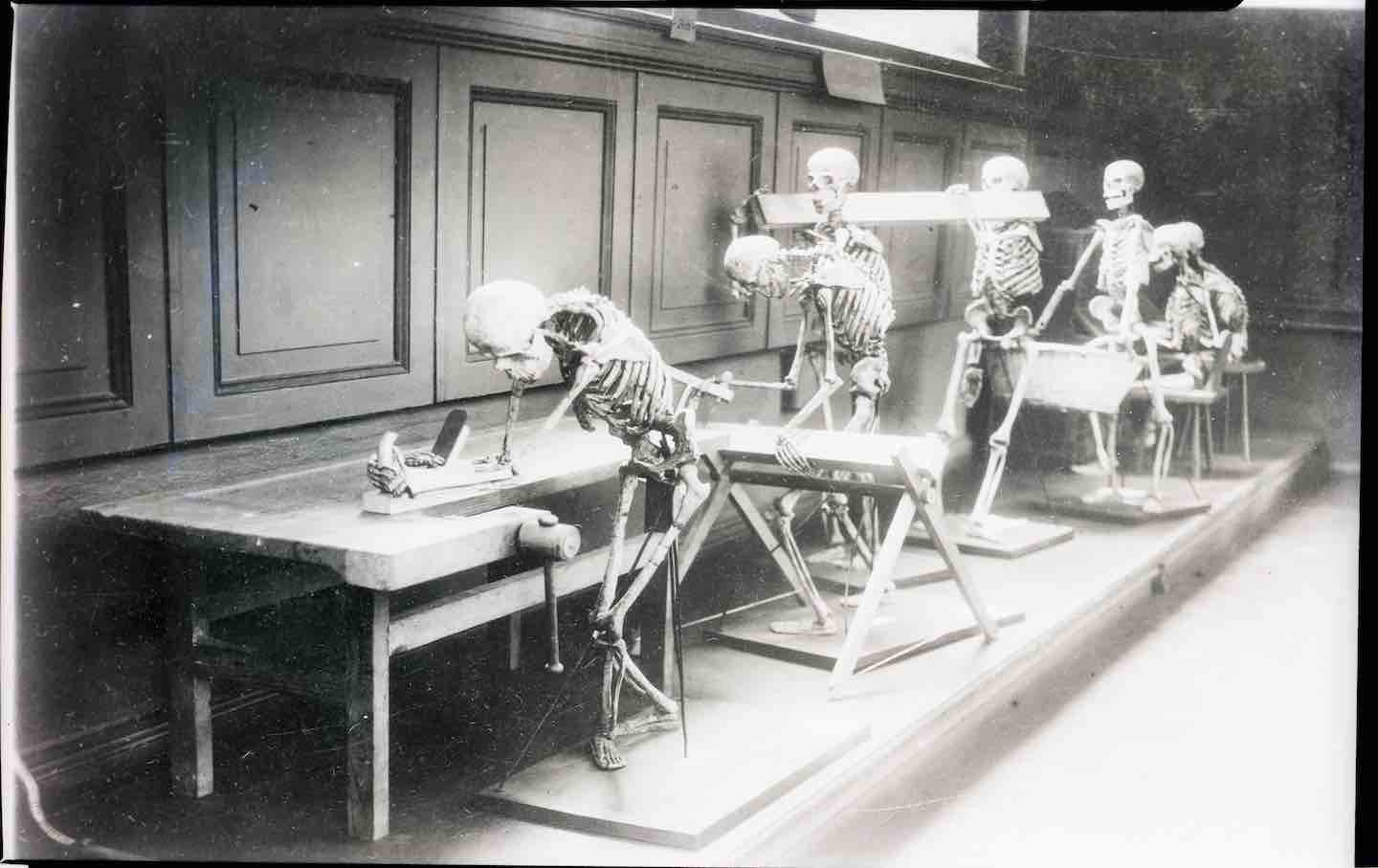
Why Americans Are Obsessed With Poor Posture Why Americans Are Obsessed With Poor Posture
A recent history of the 20th-century movement to fix slouching questions the moral and political dimensions of addressing bad backs over wider public health concerns.
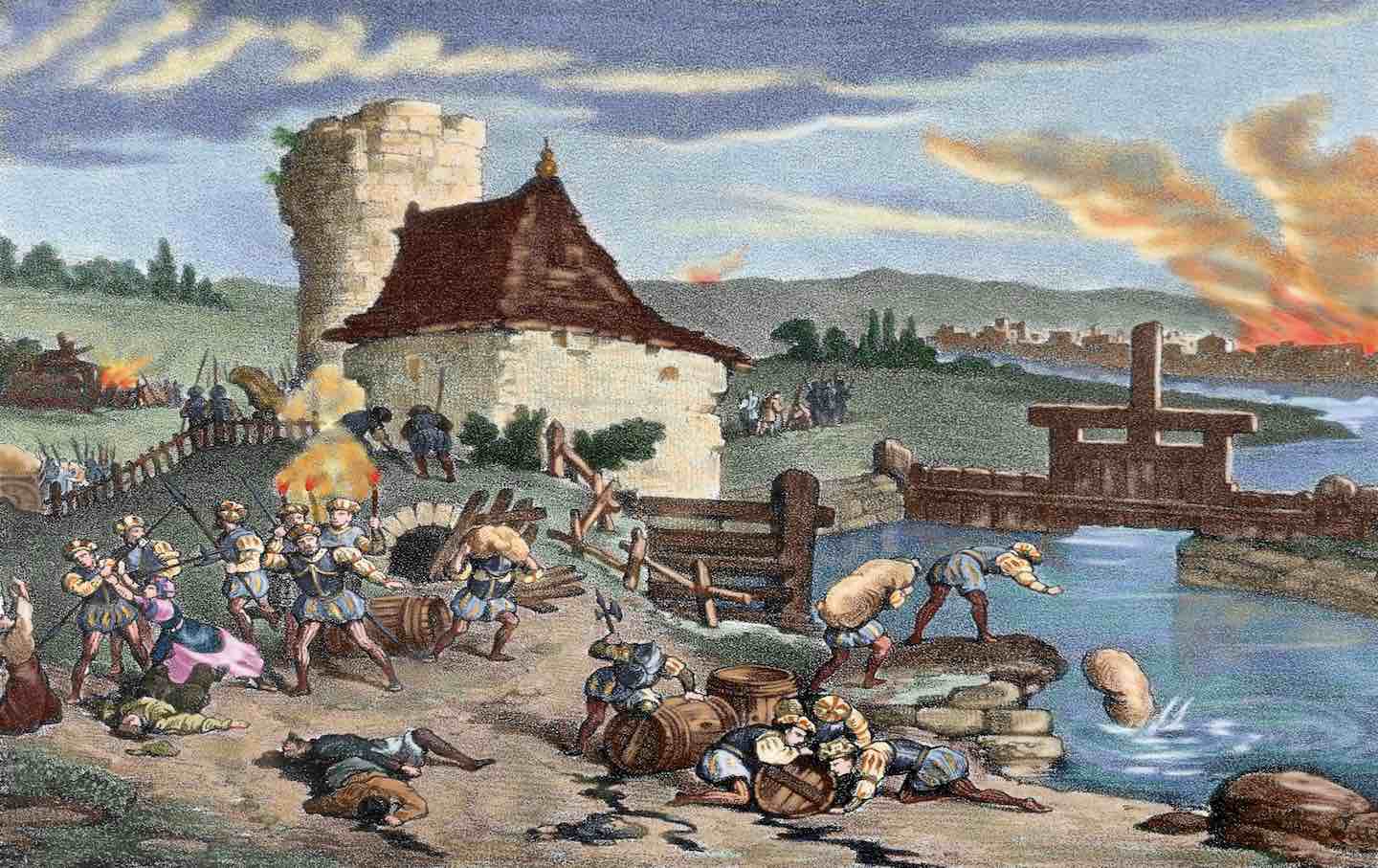
Thomas Müntzer’s Misunderstood Revolution Thomas Müntzer’s Misunderstood Revolution
A recent biography of the German preacher and leader of the Peasants’s War examines what remains radical about the short-lived rebellion he led.

Is It Possible to Suspend Disbelief at Ayad Akhtar’s AI Play? Is It Possible to Suspend Disbelief at Ayad Akhtar’s AI Play?
The Robert Downey Jr.–starring McNeal, which was possibly cowritten with the help of AI, is a showcase for the new technology’s mediocrity.
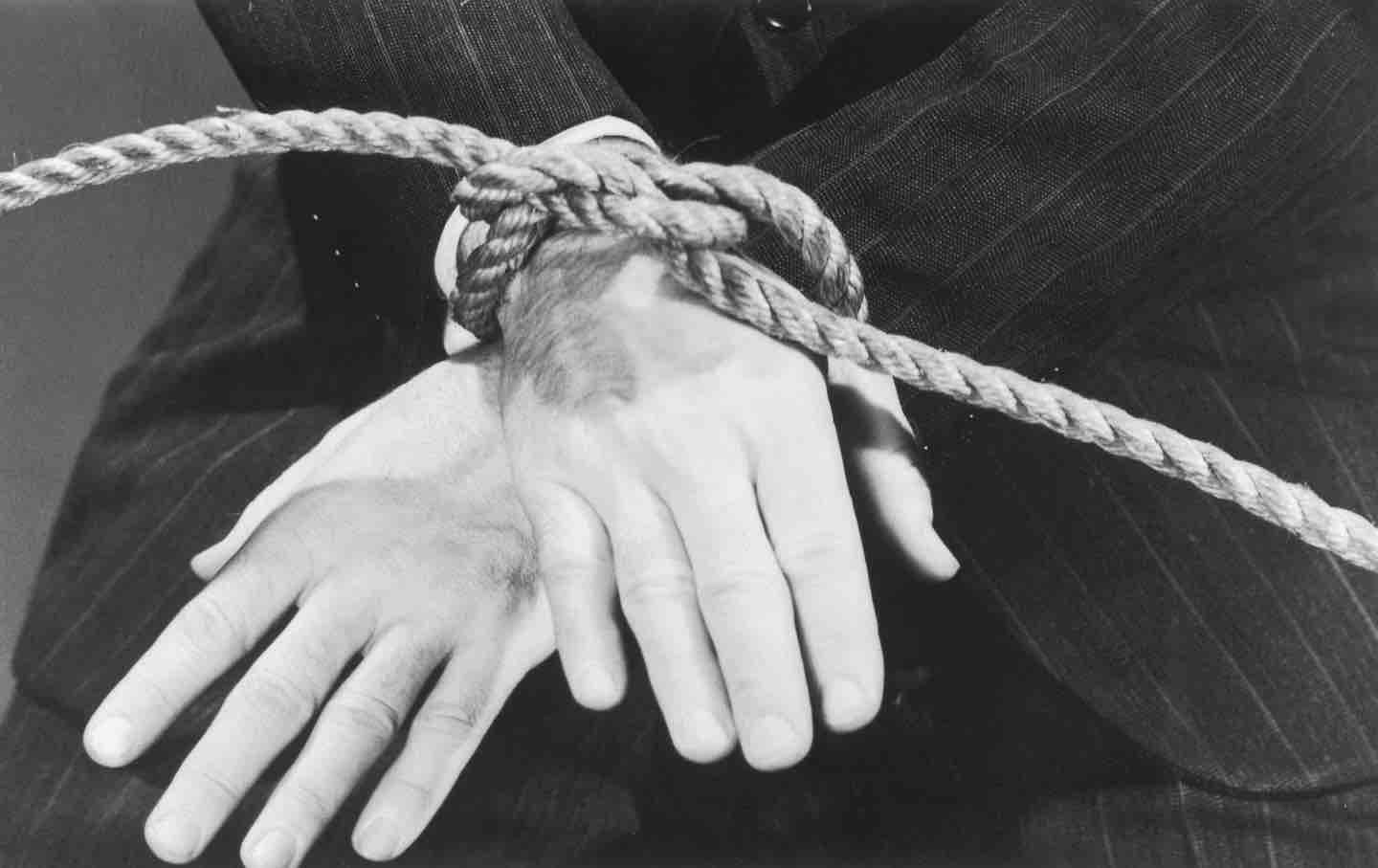
Possibility, Force, and BDSM: A Conversation With Chris Kraus and Anna Poletti Possibility, Force, and BDSM: A Conversation With Chris Kraus and Anna Poletti
The two writers discuss the challenges of writing about sex, loneliness, and the new ways novels can tackle BDSM.

Lore Segal’s Stubborn Optimism Lore Segal’s Stubborn Optimism
In her life and work, she moved through the world with a disarming blend of youthful curiosity and daring intelligence.
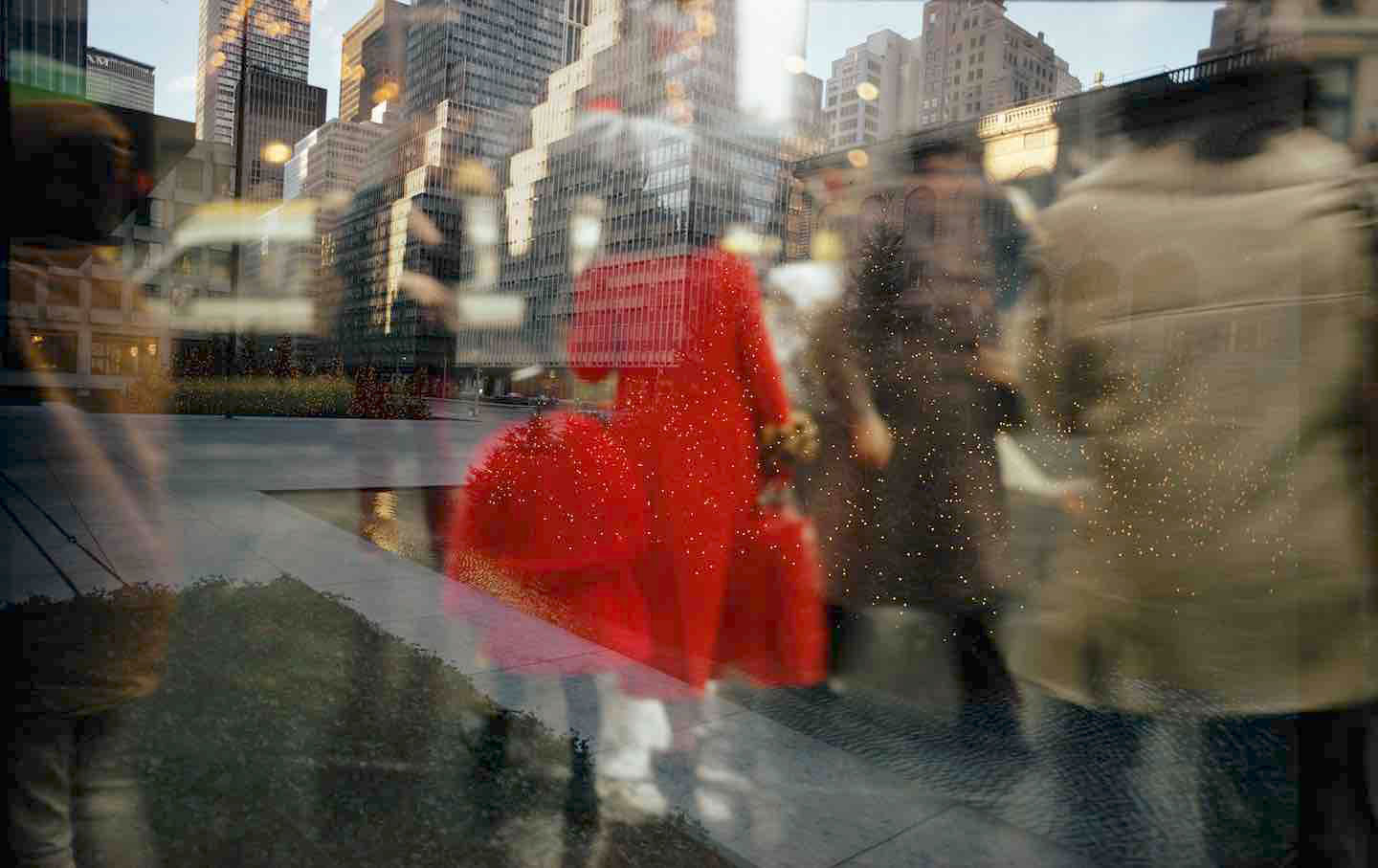
The Sheer Gusto of Jane DeLynn The Sheer Gusto of Jane DeLynn
1982’s In Thrall was a magnificent piece of queer fiction, at once comic and courageous.


